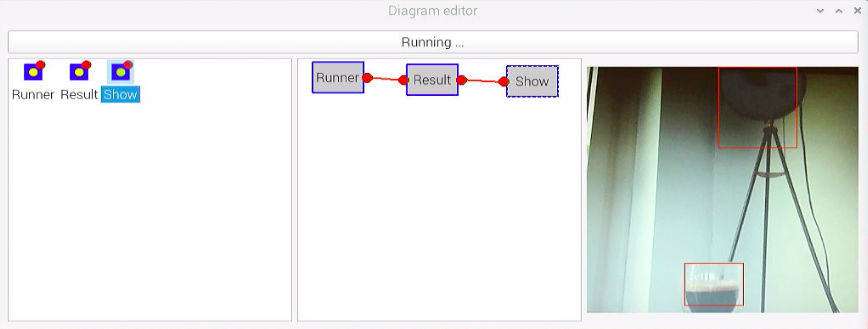Prefix Tuning
Note:
作者在论文中提到使用真实的word去初始化prefix的操作(Initializing the prefix with activations of real words,significantly improves generation)。我在使用作者提供的代码时遇到了一些问题,因此按照代码的思路添加了利用真实词汇进行初始化的内容。
可以采用以下的方式运行:
Train
cd seq2seq;
python train_bart.py --mode xsum --preseqlen 200 --do_train yes --fp16 yes --bsz 16 --epoch 30 --gradient_accumulation_step 3 --learning_rate 0.00005 --mid_dim 800 --use_lowdata_token 'yes' --lowdata_token 'summarize'
其中use_lowdata_token表示是否采用real word初始化的方式;lowdata_token表示传入的real word.
Decode
cd seq2seq;
python train_bart.py --mode xsum --do_train no --prefix_model_path {checkpoint_path} --preseqlen {same as training} --mid_dim {same as training} --use_lowdata_token 'yes' --lowdata_token 'summarize'
Files:
.
├── gpt2 # Code for GPT2 style autoregressive LM
│ ├── train_e2e.py # high-level scripts to train.
│ ├── train_control.py # code that implements prefix-tuning.
│ ├── trainer_prefix.py # trainer code for the training loop.
│ ├── run_language_modeling.py # training code (contains data loading, model loading, and calls trainer)
│ ├── gen.py # high-level scripts to decode.
│ └── run_generation.py # decoding code.
│
├── seq2seq # Code for encoder-decoder architecture
│ ├── train_bart.py # high-level scripts to train.
│ ├── prefixTuning.py # code that implements prefix-tuning.
│ ├── finetune.py # training code (contains data loading, model loading, and calls trainer)
│ ├── lightning_base.py # helper code
│ ├── utils.py # helper code
│ └── callbacks.py # helper code
└── ...
To run the code for GPT2 style autoregressive LM, the code is in gpt2/. This corresponds to the table-to-text experiments in the paper.
To run the code for encoder-decoder architecture like BART, the code is in seq2seq. This corresponds to the summarization experiments in the paper.
The two primary scripts I used to run my codes are gpt2/train_e2e.py (for table-to-text) and seq2seq/train_bart.py(for summarization). they are set to default of good hyperparameters, and can be used to tune hyperparameter :)
Setup:
cd transformer; pip install -e .
Train via prefix-tuning:
cd gpt2;
python train_e2e.py --optim_prefix yes --preseqlen 5 --epoch 5 --learning_rate 0.00005 --mode webnlg --bsz 5 --seed 101
cd seq2seq;
python train_bart.py --mode xsum --preseqlen 200 --do_train yes --fp16 yes --bsz 16 --epoch 30 --gradient_accumulation_step 3 --learning_rate 0.00005 --mid_dim 800
Other baseline approaches
cd gpt2;
python train_e2e.py --tuning_mode {finetune/adaptertune} --epoch 5 --learning_rate 0.00005 --mode webnlg --bsz 5 --seed 101
cd seq2seq;
python train_e2e.py --tuning_mode finetune --epoch 5 --learning_rate 0.00005 --mode webnlg --bsz 5 --seed 101
Decode:
cd gpt2;
python gen.py {data2text/webnlg/...} yes test {checkpoint_path} no
cd seq2seq;
python train_bart.py --mode xsum --do_train no --prefix_model_path {checkpoint_path} --preseqlen {same as training} --mid_dim {same as training}
For details of the methods and results, please refer to our paper.
@misc{li2021prefixtuning,
title={Prefix-Tuning: Optimizing Continuous Prompts for Generation},
author={Xiang Lisa Li and Percy Liang},
year={2021},
eprint={2101.00190},
archivePrefix={arXiv},
primaryClass={cs.CL}
}
